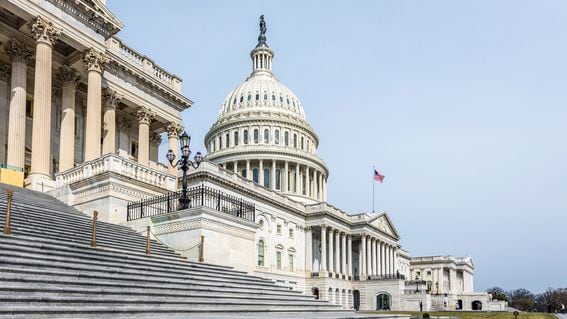In a significant development for the European Union’s economic landscape, EU finance ministers have reached an agreement to reform the bloc’s fiscal rules, which have been in place for two decades. This landmark agreement, achieved on Wednesday, is set to allow more flexibility in public debt reduction and create incentives for public investment during periods of budget consolidation.
Coming at a time when the region grapples with high national debt levels due to pandemic recovery programs and the urgent need for new spending on climate, industrial policy, and security goals, this reform marks a pivotal shift in the EU’s fiscal policy approach.
Dutch Finance Minister Sigrid Kaag expressed satisfaction with the agreement, emphasizing that the new fiscal rules are designed to encourage reforms, allowing room for investments tailored to the specific situations of member states. This nuanced approach is a significant departure from the previous rigid framework, representing a win for countries advocating for more lenient rules, like those led by France.
Balancing Fiscal Responsibility and Growth
The new rules strike a balance between the demands of frugal EU countries, like Germany, and those advocating for more flexibility, like France. They set minimum standards for average deficit and debt reduction that governments must observe, with the option of slower but steady deficit and debt reduction from 2025 over a span of four to seven years. This flexibility is crucial for countries undertaking reforms and investments in areas prioritized by the EU.
Italy, for instance, successfully negotiated that reforms and investments already agreed upon under the EU’s post-pandemic recovery plan would suffice to extend the debt reduction period to seven years. France achieved a concession allowing interest payments to be excluded from the deficit-cutting effort until 2027 for those with budget gaps above 3% of GDP, granting it more flexibility for investment.
Implications for EU’s Economic Policy
To satisfy countries like Germany, the new rules also establish a safety buffer of 1.5% of GDP below the EU deficit ceiling of 3% of GDP. This precaution aims to ensure that unforeseen events do not easily push governments beyond the limit, maintaining fiscal discipline while allowing for necessary expenditures.
This reform of the EU’s fiscal rules, known as the Stability and Growth Pact, is crucial for underpinning the value of the EU’s single-euro currency by limiting government borrowing. The pact acts as a counterbalance to the European Central Bank’s monetary policy, safeguarding the EU’s ceilings of 3% of GDP for government deficit and 60% of GDP for public debt.
The reform was necessitated by the surge in public debt caused by the COVID-19 pandemic and the energy crisis following Russia’s invasion of Ukraine. The previous rules, which demanded significant annual debt reduction, became unrealistic in the new economic context. Under the new rules, high-debt countries like Italy are required to cut their debt by only a minimum of 1% of GDP annually on average.
Additionally, the new rules provide special treatment to defense spending, a sensitive issue for many EU governments in the wake of the Russian invasion of Ukraine. They focus on net spending rather than structural or headline budget deficits, as net expenditure is directly under a government’s control.
In essence, the EU’s agreement on fiscal rules reform is a significant development, offering more time for public debt reduction and incentivizing public investment during budget consolidation. As the agreement awaits further negotiations with the European Parliament, its broad thrust is set to shape the EU’s economic landscape in the coming years.





